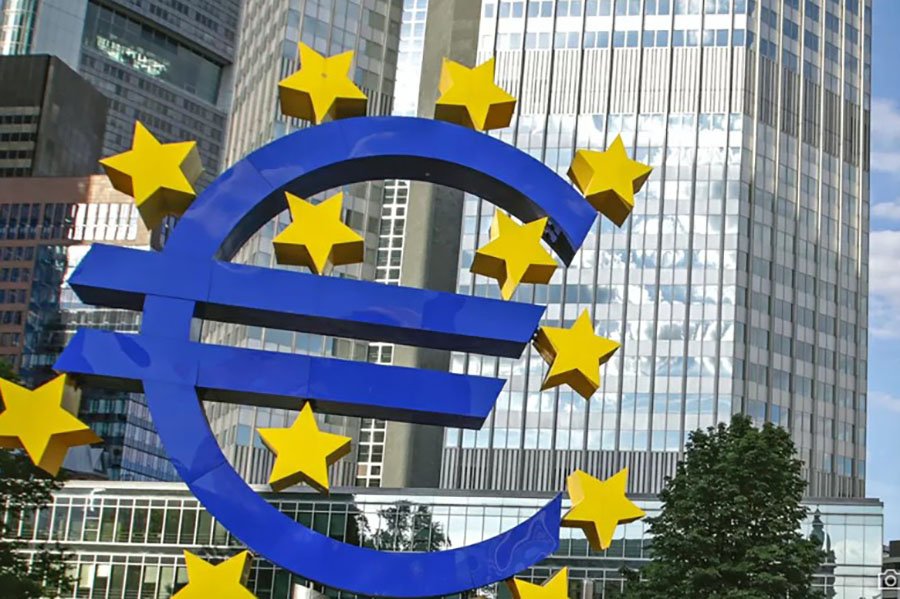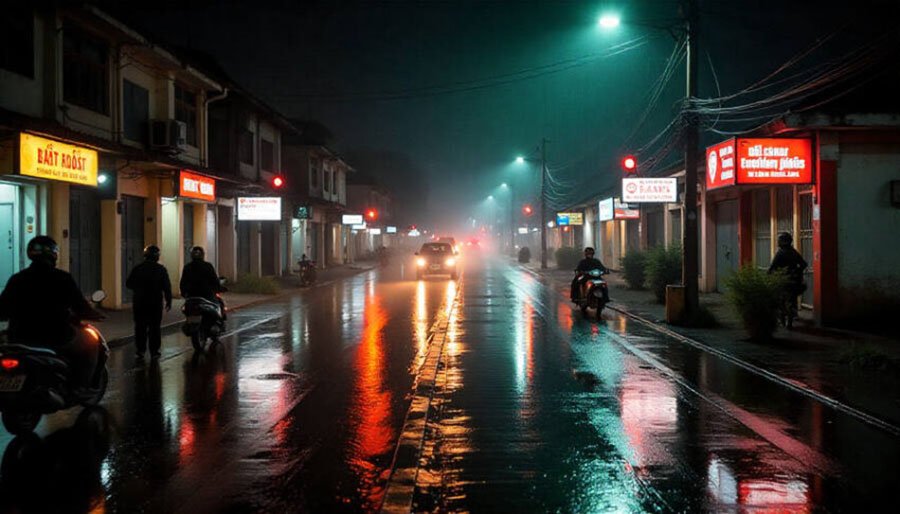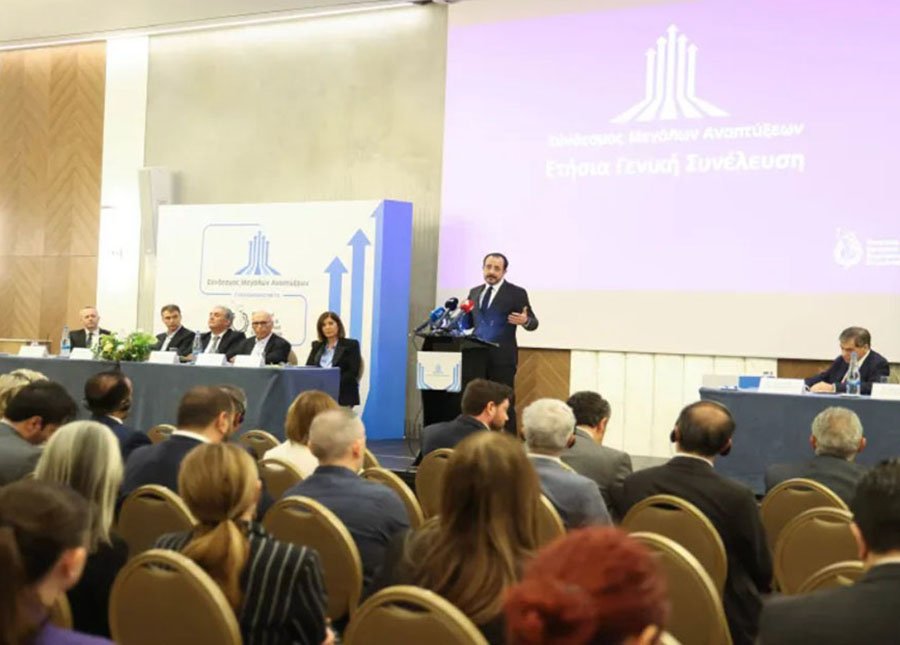читайте также
 Eurozone on Alert: ECB Flags Growing Vulnerabilities in the Financial System
Eurozone on Alert: ECB Flags Growing Vulnerabilities in the Financial System
 Hotel Investment 2025: New Opportunities for the Market — Key Insights from the Cayuga Conference
Hotel Investment 2025: New Opportunities for the Market — Key Insights from the Cayuga Conference
 Vietnam Hit by Record-Breaking Floods: Tourists Advised to Change Their Plans
Vietnam Hit by Record-Breaking Floods: Tourists Advised to Change Their Plans
 WTTC: Travel & Tourism to Create 91 Million New Jobs by 2035 — but a 43 Million Workforce Gap Looms
WTTC: Travel & Tourism to Create 91 Million New Jobs by 2035 — but a 43 Million Workforce Gap Looms
 How Children Receive Residence Permits in Europe: Full 2024 Statistics
How Children Receive Residence Permits in Europe: Full 2024 Statistics
 Cyprus to Introduce Construction Police as Oversight Tightens in 2026
Cyprus to Introduce Construction Police as Oversight Tightens in 2026
Europe Redefines Tourism: How Its Most Beloved Cities Are “Rebooting” Travel by 2050

Not long ago, Europe raced to break records for tourist arrivals. Today, it’s setting limits. From Venice to Barcelona, mayors and tourism leaders agree on one principle: the city tourism model must be redesigned to protect residents, local economies, and cultural identity — not just boost visitor numbers. In 2025, the phrase “quality over quantity” has officially moved from slogan to strategy.
Why Europe’s Cities Are “Hitting the Brakes”
In the first half of 2025, Europe welcomed nearly 340 million international visitors — 4% more than in 2024 and 7% above pre-pandemic levels. Yet with record growth came side effects: housing shortages for locals, traffic congestion, noise, and the loss of historic character in old neighborhoods. More city networks are saying the same thing — tourism success shouldn’t be measured by volume alone but by how well it fits into urban life.
The Price of Popularity: Case Studies of Change
Venice now charges a €5 entry fee for day visitors and is testing digital booking systems during peak days to control overcrowding.
Barcelona has capped short-term rental licenses and strengthened noise restrictions in overburdened areas.
Lisbon has introduced curfews in nightlife districts and adjusted its event calendar to ease pressure during peak months.
Amsterdam banned new hotel construction, redirecting investment toward renovating existing ones.
Berlin summed up the new philosophy best: “The destination is the product. If we destroy the city, we destroy its appeal.”
From “Overtourism” to “Balanced Tourism”
At the Global Tourism Forum 2025, European cities agreed on a shared vision of balanced tourism — integrating tourism into broader planning for transport, housing, economy, and community well-being. The goal isn’t to shut out visitors but to target audiences for which the city can build the right infrastructure: cycling paths, efficient public transport, and cultural routes beyond postcard landmarks. Every capital has its own context, but all share one goal — to keep cities livable.
Tourism’s Paradox: Economic Driver and Social Pressure
Tourism remains one of Europe’s economic pillars: in 2024, international tourism revenues hit $1.73 trillion, exceeding pre-pandemic highs. France and Spain led the growth early in 2025, up 9% and 8% respectively. Yet tourism inflation (around 6.8%) continues to outpace general inflation, making trips shorter, closer to home, and more selective. The challenge is clear — to protect cities without strangling business.
A Continental Strategy by 2026
The European Commission is preparing the EU’s first common sustainable tourism strategy, set to launch in early 2026. Its priorities: combating overcrowding, promoting green mobility, supporting digital transformation, and ensuring fair labor conditions in the sector. While tourism policies remain national, Brussels aims to create shared sustainability standards and link them to the European Green Deal, ensuring that growth aligns with environmental and social goals.
New Travelers, New Rules
Gen Z and millennials are now the largest group of international travelers. They prefer eco-friendly stays, public transport, and quieter, more authentic experiences — all enhanced by digital ease. Cities like Copenhagen and Ljubljana are leading this shift, promoting cycling infrastructure, renewable energy, and zero-waste tourism — earning top awards for sustainability.
Tech vs. Crowds: The Rise of Smart Tourism
The future of travel management is data-driven.
Barcelona uses sensors and mobile apps to monitor crowd levels and adjust transport routes in real time.
Venice is introducing digital passes to limit access to high-traffic areas during peak seasons.
Cities are experimenting with incentive systems — discounts for public transport use, rewards for visiting lesser-known districts, and dynamic pricing models for peak periods.
What Travelers Should Expect Next
The era of unlimited mass tourism is ending. Expect visitor quotas, eco-taxes, and digital permits for sensitive heritage sites, stricter Airbnb rules, and higher hotel taxes during peak months. Meanwhile, digital border systems like ETIAS and EES are making travel across the Schengen Area smoother and more predictable. The trade-off? Quieter, cleaner, and safer cities with better infrastructure.
Economy: Cautious Optimism
The UN Tourism Confidence Index rose to 120 out of 200 in late 2025 (up from 114 earlier). Around 60% of experts expect stronger performance by year’s end, though inflation and geopolitical tensions remain key concerns. For Southern Europe, the balance is delicate: tourism still accounts for about 10% of the EU’s GDP and 22+ million jobs, meaning that managing growth wisely is essential.
Action Plan for Cities and Business
For Cities
Adopt balanced tourism plans with KPIs for housing, transport, and green spaces.
Introduce dynamic management systems — from timed entry tickets to group limits.
Promote neighborhood-level events to spread demand across time and geography.
Invest in data platforms and mobility analytics for real-time management.
For Businesses
Shift focus from volume to guest lifetime value (LTV) — prioritizing satisfaction and personalization.
Develop smart pricing and off-peak incentives, with partnerships in less crowded areas.
Simplify digital interactions — contactless payments, easy navigation, transparent fees.
Strengthen local supply chains — from artisans to farms — to reduce tourism inflation and build goodwill.
The Road to 2050: People, Planet, Profit — Together
Europe isn’t closing its doors — it’s rewriting the rulebook. By 2050, the goal is a tourism model that fuels the economy, protects the environment and heritage, and keeps cities livable. It’s about attracting the right kind of visitors, investing in green mobility, and giving communities a voice in decisions.
If successful, this transformation could redefine how the world experiences Europe — authentic, balanced, and proud of what makes it unique.
Подсказки: Europe, tourism, sustainability, travel trends, smart tourism, balanced tourism, European cities, ETIAS, EES, environment, urban development





